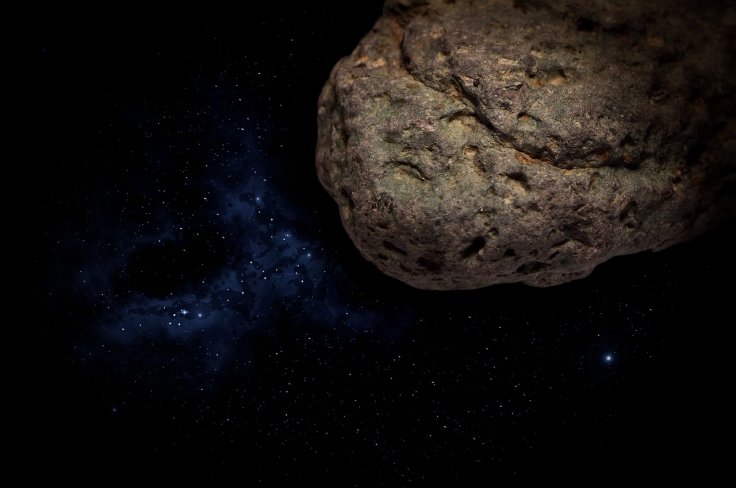
A team of scientists at the University of Copenhagen's Centre for GeoGenetics at the Natural History Museum, Denmark has discovered a gigantic meteorite impact crater hidden beneath the Greenland ice, Antarctica. The newly discovered crater is approximately 31 kilometers wide and 1000 feet deep, making it one of the top 25 largest impact crater on earth. Experts believe that a giant iron meteorite might have most likely created this crater around three million years ago.
NASA confirmed the news of this discovery and stated that the crater is buried more than half a mile under the gigantic ice sheets of Greenland. During the research, the team of scientists at the Copenhagen's Centre of GeoGenetics used data collected from NASA and confirmed the presence of the crater after a three-year marathon study.
The study report published in the journal Science Advances reveal that scientists used highly sensitive scanning instruments, such as lasers and radar, through NASA's Operation IceBridge to confirm the presence of the deep impact crater under the ice sheets.
As per experts, the asteroid that might have caused this deep impact crater could be weighing about 12 tons, and it would have created significant ripple effects in the region or maybe global.
"There would have been debris projected into the atmosphere that would affect the climate and the potential for melting a lot of ice, so there could have been a sudden freshwater influx into the Nares Strait between Canada and Greenland that would have affected the ocean flow in that whole region," said John Paden, co-author of the study, Eurekalert.org reports.
Even though experts calculate the impact as old as three million years, study coauthor Joseph MacGregor believes that the impact could be as young as 12000 to 15000 years.
"It's likely quite young, geologically speaking. It's likely less than three million years old and possibly as young as 12,000 to 15,000 years old," said Joseph MacGregor.









